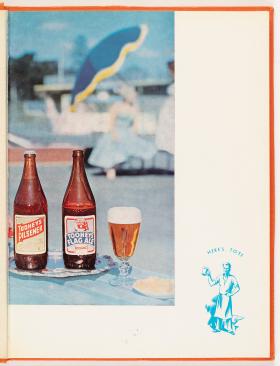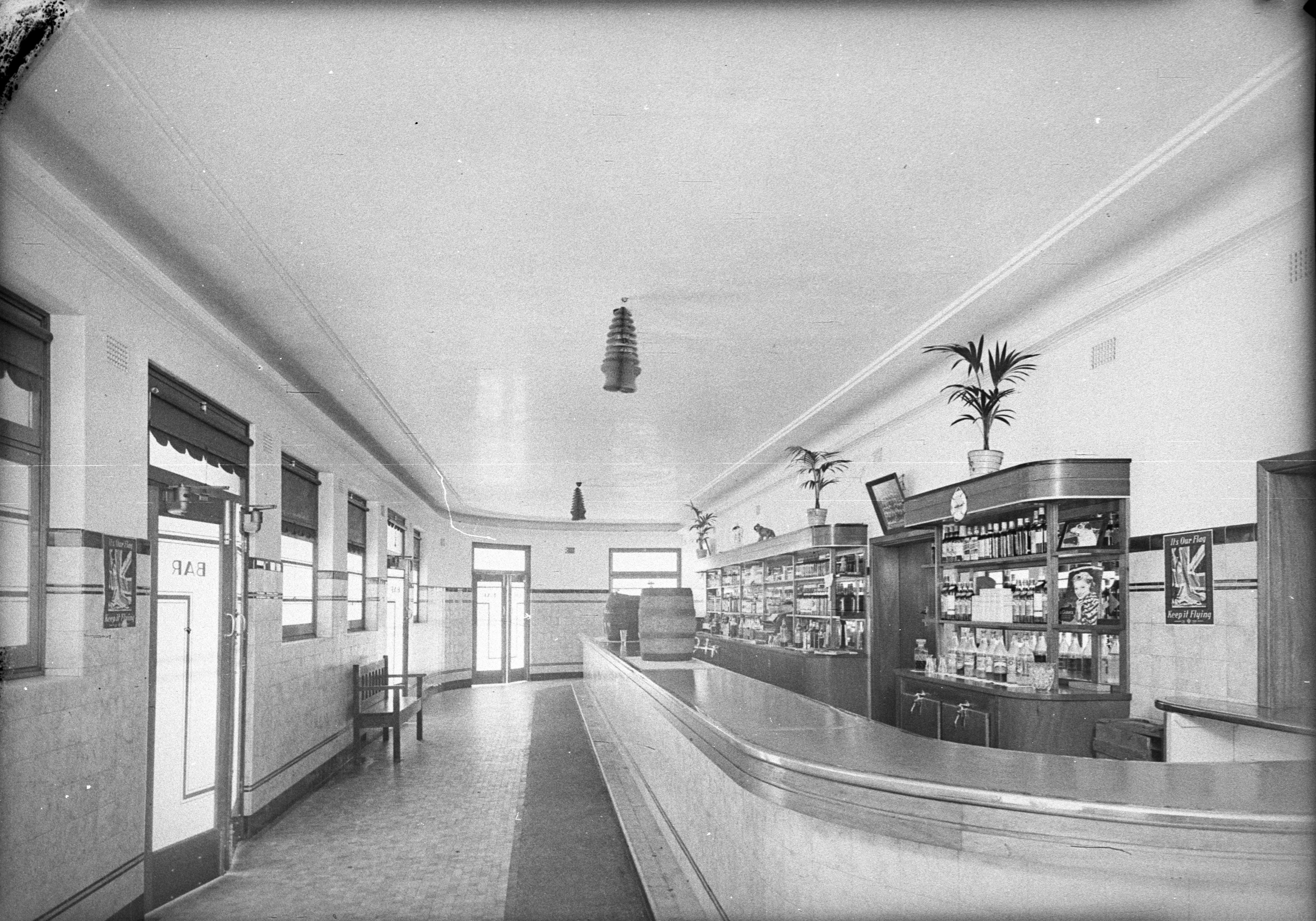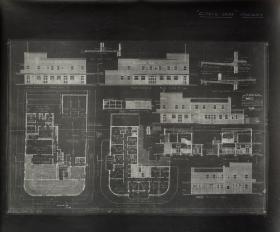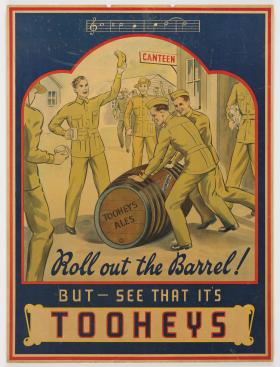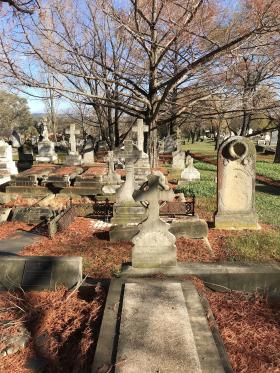Research in the Library’s manuscripts collection can be thirsty work. Especially when the records you are researching are beer related. The Tooheys Limited collection comprises some 300 volumes of business records covering the period 1881–1979 and extends over 60 shelves. It has been an untapped resource in the Library’s collection but is now beginning to reveal its riches.
If you drank a beer in a pub in New South Wales prior to 1980, likely as not your ale, lager, stout, pilsner or bitter would have been manufactured by either Tooheys Limited or Tooth & Co (with Reschs becoming part of Tooth & Co in 1929). The hotel you were in would have been tied, or tethered, to a particular brewery and only that brewer’s beers would be available on tap. This was called the ‘Tied House’ system. Draught beer loyalties were shaped, no doubt, partly by a drinker’s taste, what their mates drank and the atmosphere of the pub. But the beer’s availability was determined entirely by the breweries and the financial dependence they cultivated with publicans.
For the past 18 months, in and out of lockdowns, I have been immersing myself in the complicated world of beer manufacturing and retailing through Tooheys’ tied hotels. Big leather- and cloth-bound ledgers, made up of hundreds and hundreds of pages of double-entry bookkeeping, track financial commitments and obligations, profits and losses. My impression is that today’s accountants have it easy compared to the manual world of running a business in the late nineteenth and early twentieth centuries.
Each week I would don my cotton gloves and pinafore to carefully turn the pages and puzzle over financial records, publicans’ names and hotel addresses. As the subject matter and role of each ledger became apparent, so too did Tooheys’ ambitions to grab market share through the expansion of their network of tied hotels across the state.
Most of the Tooheys records that break down financials according to individual hotels relate to money advanced to publicans. This system of private mortgages to publicans leveraged the whole ‘Tied House’ system. The advance ledgers were critical financial records for the company, and these ledgers also contain basic information about publicans and leases.
So how did the ‘Tied House’ system work? The breweries advanced money to assist publicans to purchase a hotel lease and licence, or to renovate the hotel, provide new furniture or install a beer-cooling plant. Publicans entered into agreements with Tooheys Limited to pay back the advanced amount in instalments across the lease term, at a fixed interest rate. In return, the brewery was guaranteed that the publican would deal wholly and solely with the company for all their beverages: beers (both draught and bottled), wines, spirits and other liquors, cordials, and mineral and aerated waters.
To understand pub culture in New South Wales, and its relationship to the major breweries, it is necessary to understand the changing face of the Tied House system. The Tooheys Limited collection at the Library is therefore a valuable new source of data that verifies the company’s hotel interests and can be used to visually demonstrate Tooheys’ market share and geographic clustering of hotels. Although Tooheys Limited was a clear second in terms of market share compared to the behemoth Tooth & Co, the brewery actively pursued market penetration in regional areas including Newcastle and the Hunter Valley, Orange in the central west, and the north coast. Tooheys were innovative in their products, packaging and marketing campaigns. They leveraged sporting connections and sponsorships to broaden their appeal, which ultimately led to the iconic MOJO advertising campaign of the 1980s ‘I feel like a Tooheys … or two’. Unlike its rival, Tooheys still exists as a major brand today and, following tradition, continues to brew at its second Sydney brewery in Auburn.
Dr Lisa Murray is the Library’s 2021 Dr AM Hertzberg AO Fellow.
This story appears in Openbook summer 2022.

